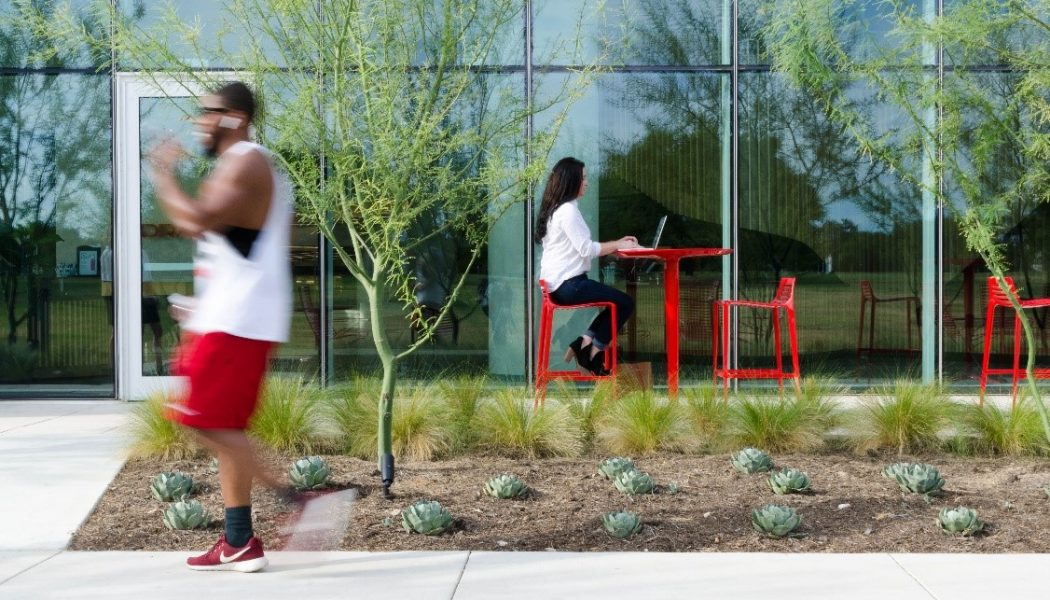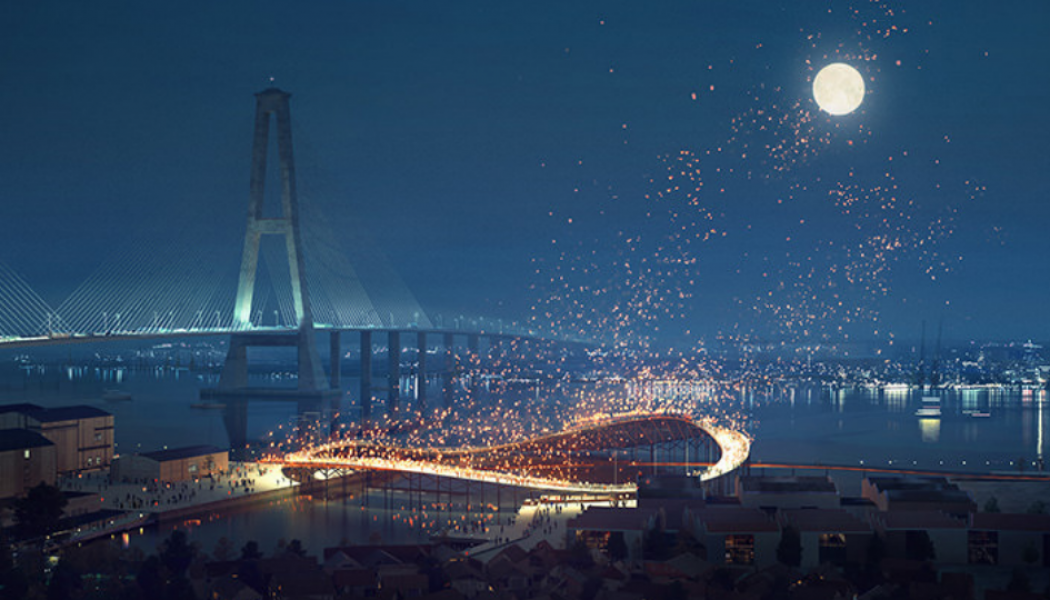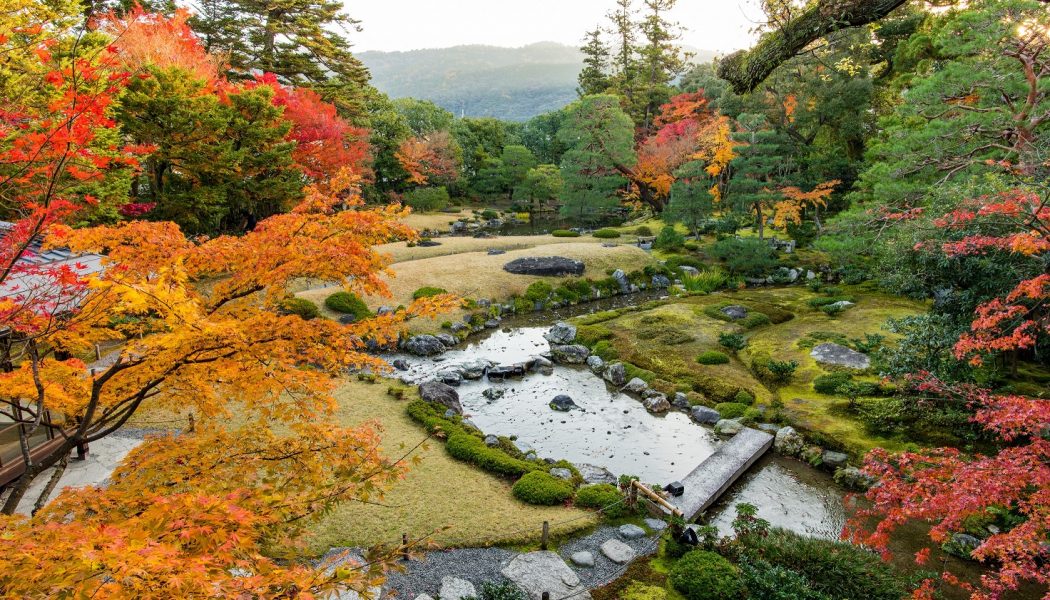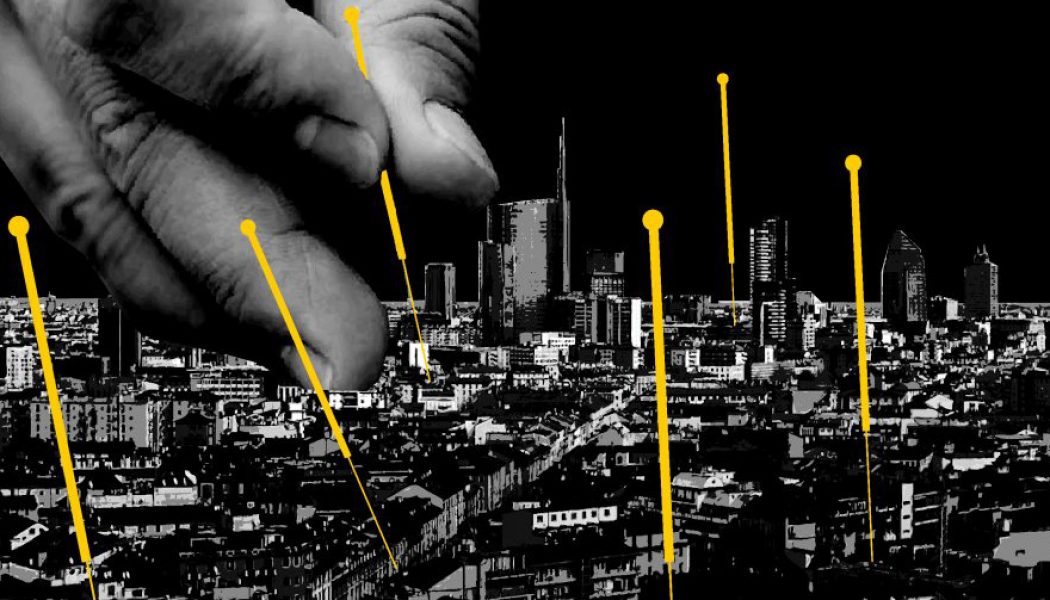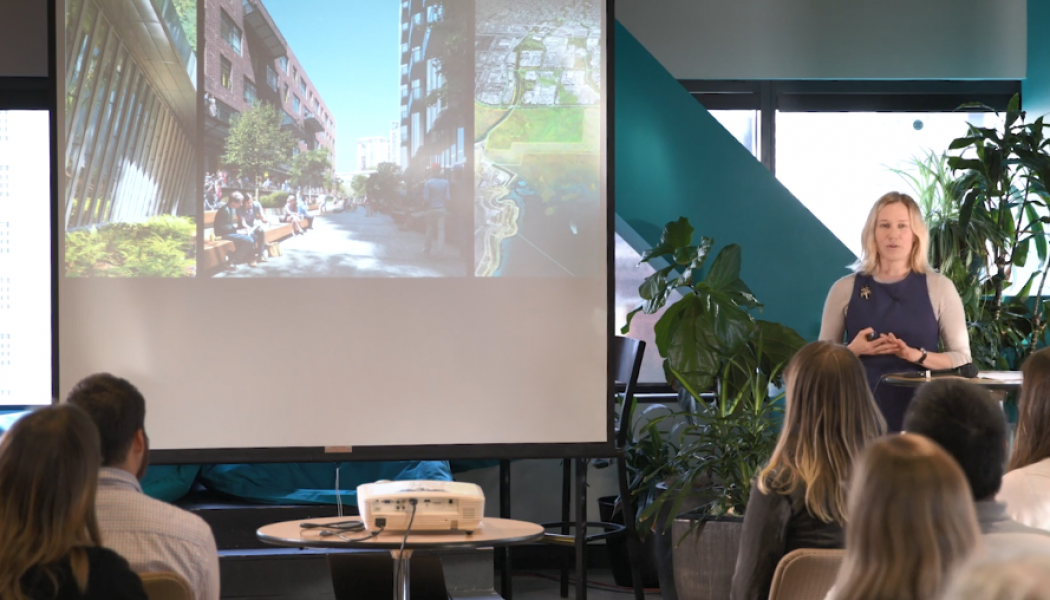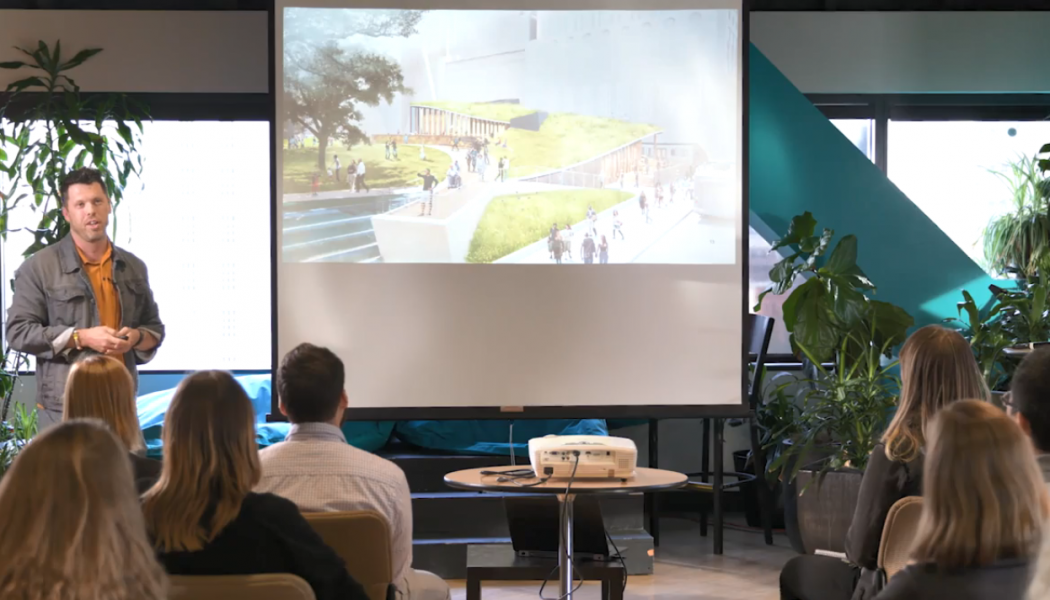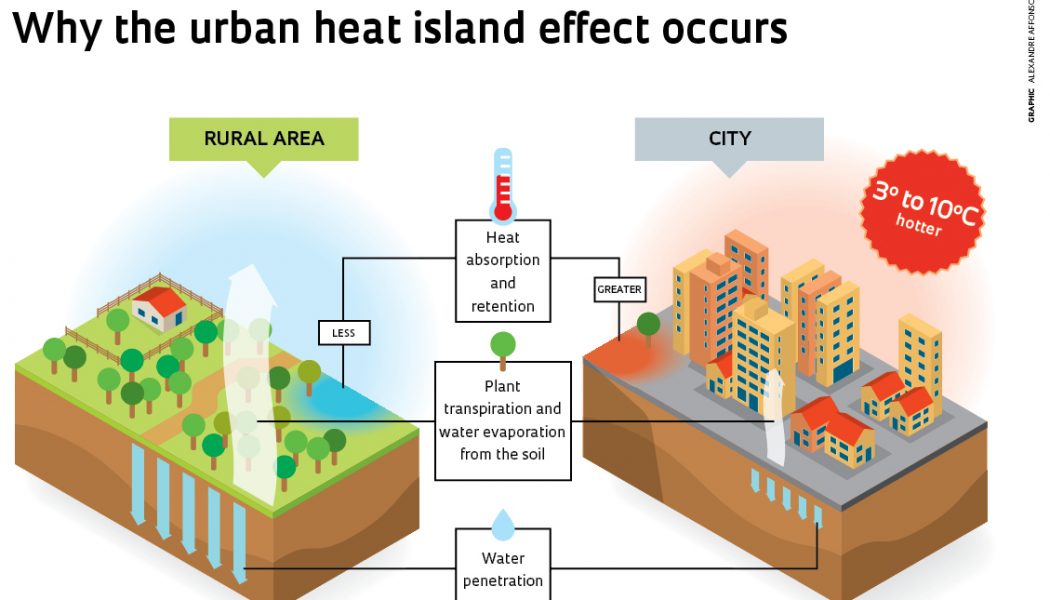Cover Story
Posts to be featured on the Home Page Slider
Prioritizing Performance Amid Changing Climates
As prominent shapers of our built environment, landscape architects play an outsized role in merging built and natural systems that impact our planetary health — and thus have an obligation to lead the way in reframing the sustainable design dialog around landscape performance. A critical aspect in doing so is shifting the dialog from oftentimes subjective notions of sustainability to a more empirical framework, which is best viewed through the lens of landscape performance. Any conversation about landscape performance must begin with a shared understanding of what exactly it entails. “Landscape performance can be defined as a measure of the effectiveness with which landscape solutions fulfill their intended purpose and contribute to sustainability. No matter how sustainability is defined ...Read More
Frederick Law Olmsted’s 1859 Letter Describing Vision for Central Park
Frederick Law Olmsted is known as the “father of landscape architecture.” His most famous work is his co-design of Central Park in New York City, which was established in 1857. The following letter was written while Olmsted was Superintendent of Central Park and was managing the construction of the open space he designed. The letter requests volunteer participation from a local musician to help draw the public to the city’s most famous green space. In the letter, Olmsted describes his social perception, tremendous commitment to egalitarian ideals, and how these beliefs translate to his obligation to provide managed open space for passive recreation and enjoyment, particularly for those who do not have the means to leave the city environment. Olmsted famously advocated that “com...Read More
How to Start Drawing – Simple First Steps
“I wanted to start drawing again, but I just never seem to find time for it” is a sentence we regularly hear from our colleagues. Obviously, many people would like to draw. Maybe they have fond memories of their student years when they were using sketching for design much more often or hand-drawing might have even been on the curriculum. But we believe that drawing is still a very viable tool for every designer and it’s worth picking up again, even if you haven’t been doing it for years or you want to start from scratch. Why draw? Picking up anything new is always a challenge. One has to have reasons for it and a good amount of motivation. We’ve recently written on Land8 about the motivation for drawing in “3 Reasons Why You Should Start Drawing Now”. Firstly,...Read More
2018 Vectorworks Design Summit Field Report
The 4th annual Vectorworks Design Summit held on November 4-6, 2018 in Arizona convened about six hundred landscape, architecture, lighting, and exhibition design professionals plus Vectorworks staff from North America, the United Kingdom, and beyond. Attendees had a chance to talk shop, network, and yes, party, at the luscious Sheraton at Wild Horse Pass, situated on 50 acres south of Phoenix backing up to the Sonoran Desert National Monument. The venue, which highlights native American culture, features a designed landscape including a 2.5 mile replica of the nearby Gila River (pronounced, “heela”) which serves as the spine along which all buildings and recreational amenities are arranged. Experiencing this landscape, designed by the firm WATG was an added benefit for landscape architect...Read More
An Urban Forest for Shanghai
Global cities are in the midst of an unprecedented shift as more people are choosing to live in urban areas than ever before. More housing, transportation, and public services are needed to support cities’ growing populations, which can have negative impacts on air and water quality, and residents’ access to natural environments. In addition, climate change is creating new realities like urban hot spots and rising sea levels, demanding more creativity out of planners who must make sure urban areas are livable. In response, cities around the world are investing in public green spaces and waterfronts on impressive scales, as easy access to these spaces is becoming a requirement of urban livability. International design studio HASSELL has made this new reality a primary focus, designing...Read More
Fostering the Future
Low-maintenance is a sought-after quality in landscapes — as well as in architecture, vehicles, pets, hairstyles, flooring, the personalities of prospective mates, and pretty much everything else. We use the word maintenance to connote a necessary evil we prefer to minimize, defer, or avoid. We’d all like to have a kitchen floor that doesn’t require waxing or a dog that doesn’t shed, but why must we take a dim view of the idea that a landscape needs our ongoing attention? Consciously or not, we denigrate the idea of the work of upkeep and those who perform it. The landscape architecture community isn’t unaware of the problem that we neglect and deride the idea of maintenance. In fact, many articulate and thoughtful voices in the profession have expressed that it’s time to evolve in h...Read More
Pocket Parks as Urban Acupuncture
In traditional Chinese medicine, acupuncture refers to the insertion of fine needles into specific parts of the human body with the aim of treating a range of symptoms. In a similar way, urban acupuncture refers to the theory of manipulating the urban fabric on a small scale to affect greater socio-environmental impacts. In this article, we look at how pocket parks might be used as an urban acupuncture tool. Urban acupuncture The phrase ‘urban acupuncture’ was first coined by the Spanish architect and city planner Manuel de Solà, and was later popularised by Finnish architect Marco Casagrande. Key to the theory is understanding the city as a holistic whole, more like a living being than a collection of dissident phenomena. Urban acupuncture theory proposes that problems within the city can...Read More
Element of Chance [Video]
As landscape architects, we often find ourselves trying to tame nature into a designed form. What if, instead of working against natural systems, we invited them into our work, allowing our built work to be shaped by nature? What if, instead of considering our projects to be “complete” the day they are installed, we allow our projects to be more experimental? During the Land8x8 Lightning Talks in Seattle, Dorothy Faris, Principal at Mithun, pondered these type of questions – instead of working against nature, shaping it to a form of our own design, perhaps we should let nature take part in the design process. With a background in ceramics and art history, Faris was attracted to landscape architecture as an art form – one that sculpts the land and forms our built environment. Similar to an ...Read More
Landscape Stories as Catalysts of the Shared City [Video]
The ways in which citizens engage the landscape reveal a community’s values and priorities. During the Land8x8 Lightning Talks in Seattle, Nate Cormier, Principal at Rios Clementi Hale Studios, conjectured that American urbanism has a storytelling problem. Arcadian and Utopian mythologies of the West were used to sell sprawling patterns of land use and transportation which encouraged people to live in low-density environments and to take their leisure in private. Through media like Sunset Magazine, the California backyard grew into an American ideal. The resulting landscape of inequity has in recent decades been compounded by virulent NIMBYism (“Not In My Backyard”) which resists infill housing and makes living in job-rich cities increasingly unaffordable for young people. Whil...Read More
How Landscape Architecture Mitigates the Urban Heat Island Effect
Global temperatures are rising. This is especially felt in urban areas due to the urban heat island (UHI) effect, where temperatures can be 10oF (5.5oC) higher than the surrounding countryside. This phenomenon is due to several factors that combine to alter the local microclimate of an urban area. However, several techniques can be employed by landscape architects to help combat the local rise in temperatures, saving money, reducing global warming, and making a more pleasant environment to live and work. In this article, we look at what the urban heat island effect is and what landscape architects can do to combat it. What is the Urban Heat Island Effect? Objects of different colours reflect varying amounts of light. Surfaces with a greater albedo (or lighter colour) reflect more of the su...Read More
Landscape Architecture in Walkable Cities
For too long the city has been designed for cars. Pedestrians can often feel like second-class citizens, as cities are much easier to drive into than walk through. Recently, built environment professionals have been advocating improving the quality of our built environment by making cities easier to navigate by foot. In this article, we look at how landscape architects are especially well qualified to implement walkability in our cities and how landscape architecture can improve the quality of our walkable urban environment. Walk and Walkability A simple definition of a walkable city or neighbourhood is one that is enticing to pedestrians, encouraging walking over other forms of transport. Professionally, the term covers several phenomena. In her 2015 paper ‘What is a Walkable Place? The W...Read More
The Divinity of Detail: Lessons from the Japanese Garden
The phrase “God is in the details” is, with uncertainty, attributed to Ludwig Mies van der Rohe. But whether it came from the Modernist great or someone else, there is something about the play of detail in the creative process that transcends time and geography. Detail occupies a particularly complex and nuanced role in the Japanese garden. The Japanese gardener’s planning process is embedded in the details – working up from the individual elements, rather than from a top-down master plan. A layout and sketches inform and help guide the process, but factors such as the available choice of materials can cause a change in the design. It can happen that the directionality of one particular boulder or composition of boulders, or the form of a single tree, becomes the focal point — and by...Read More



